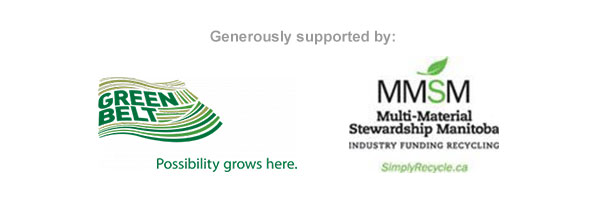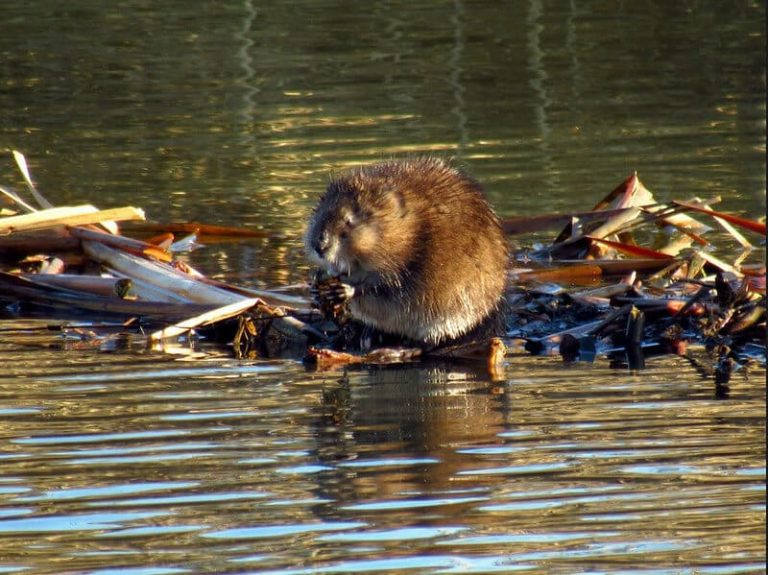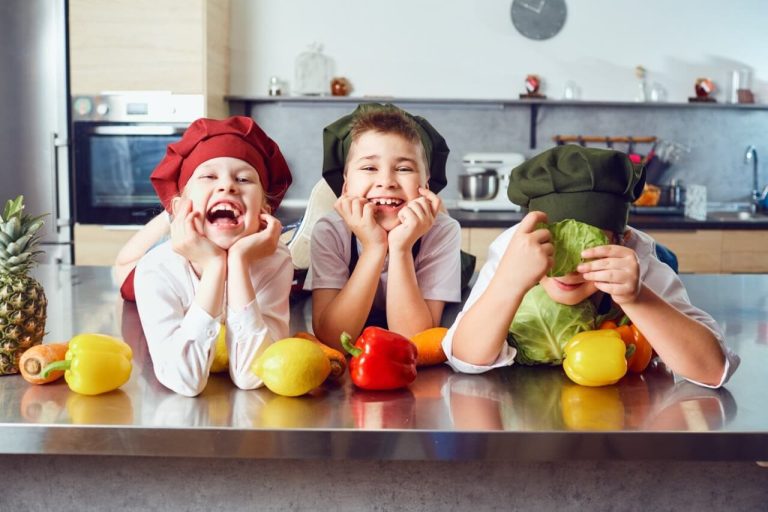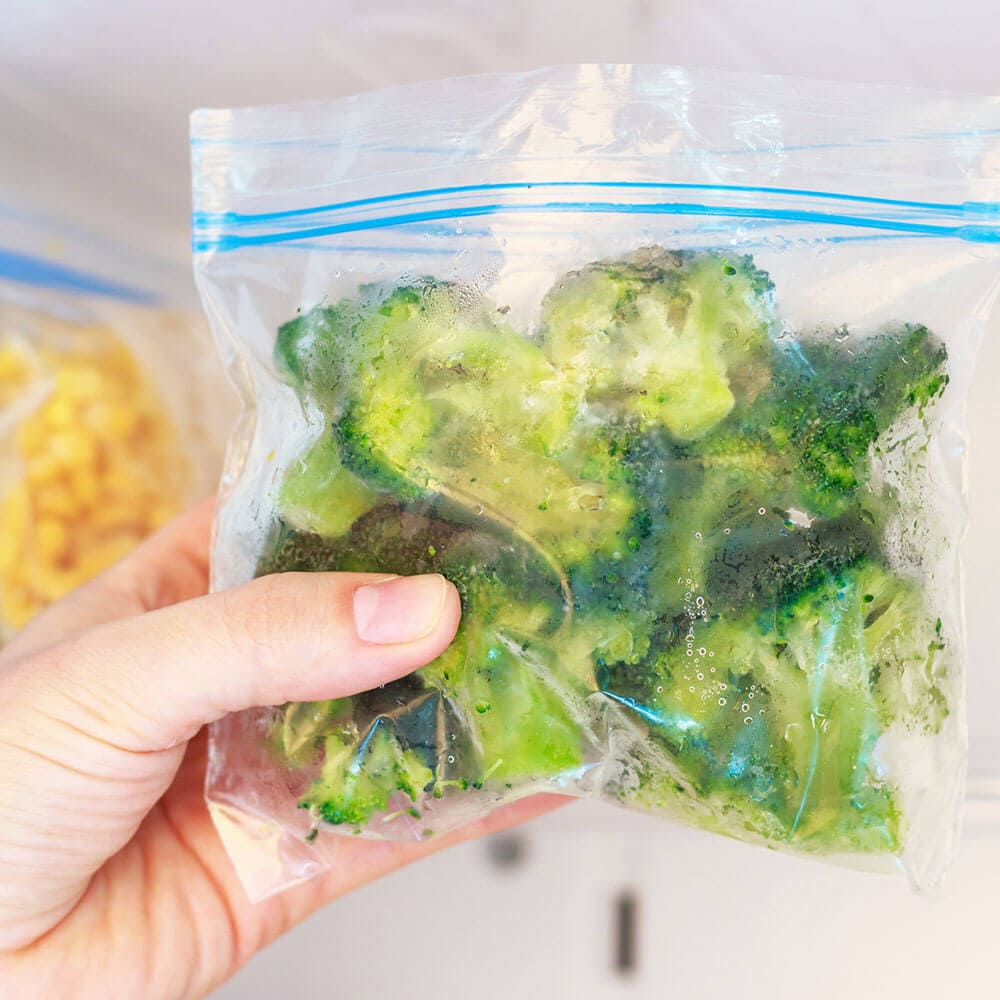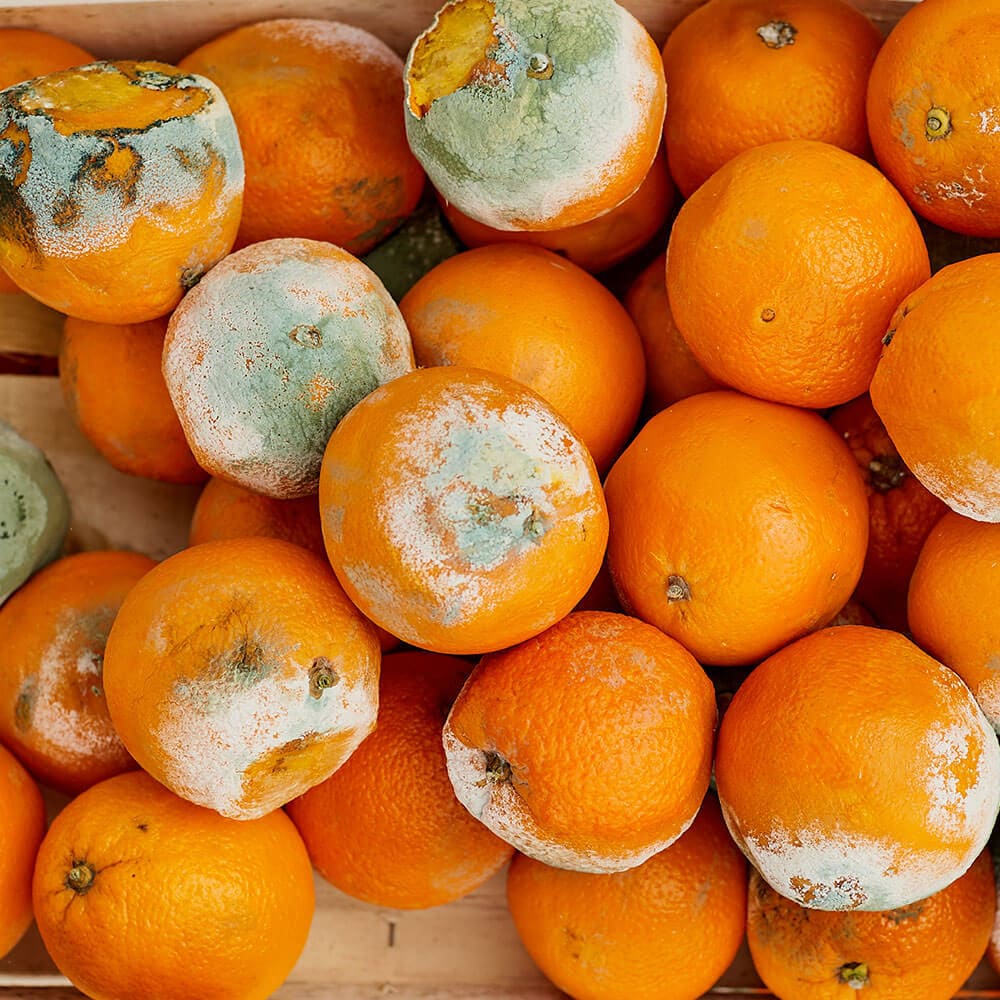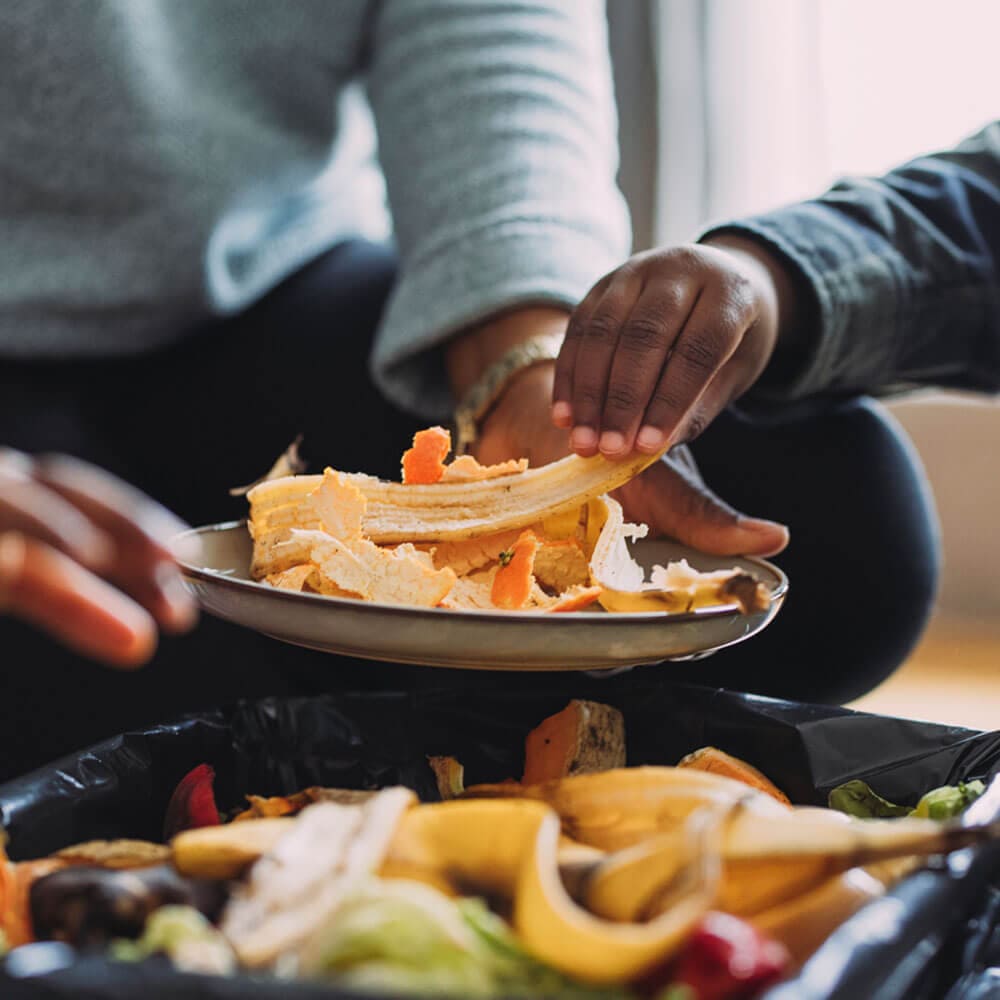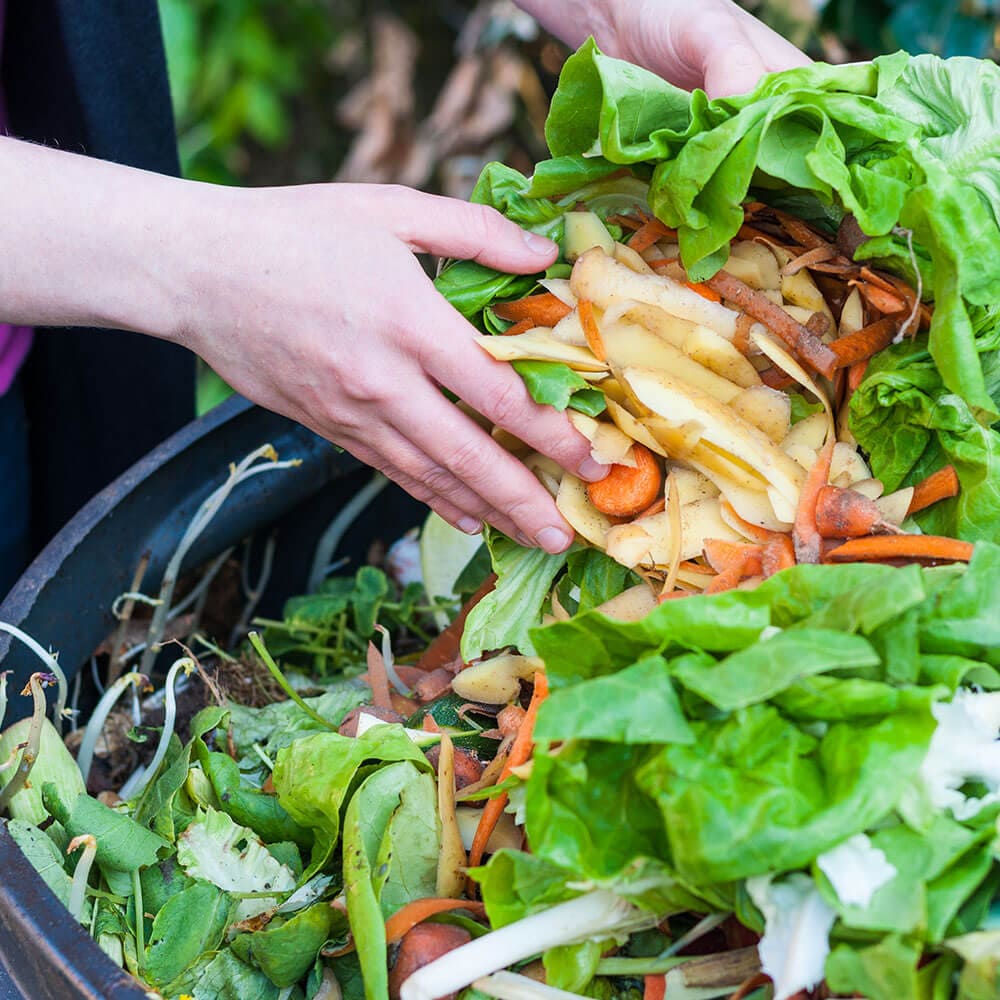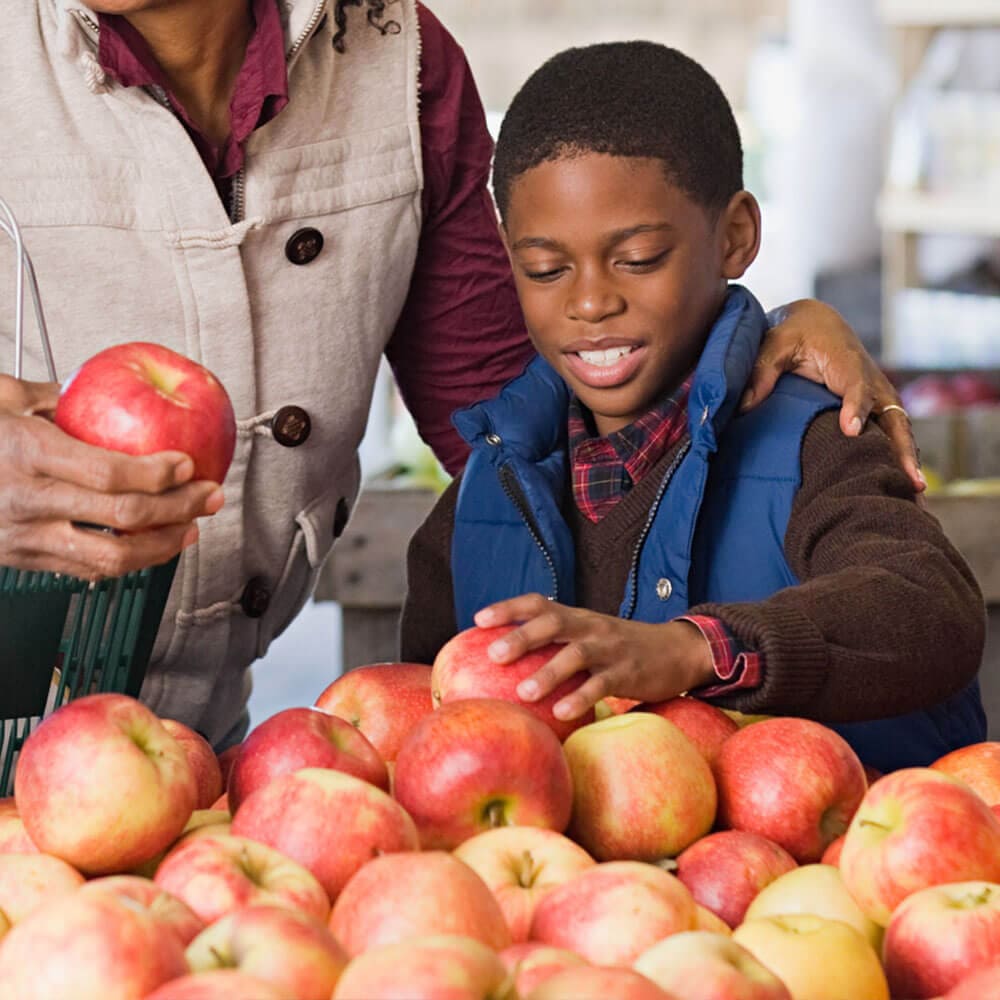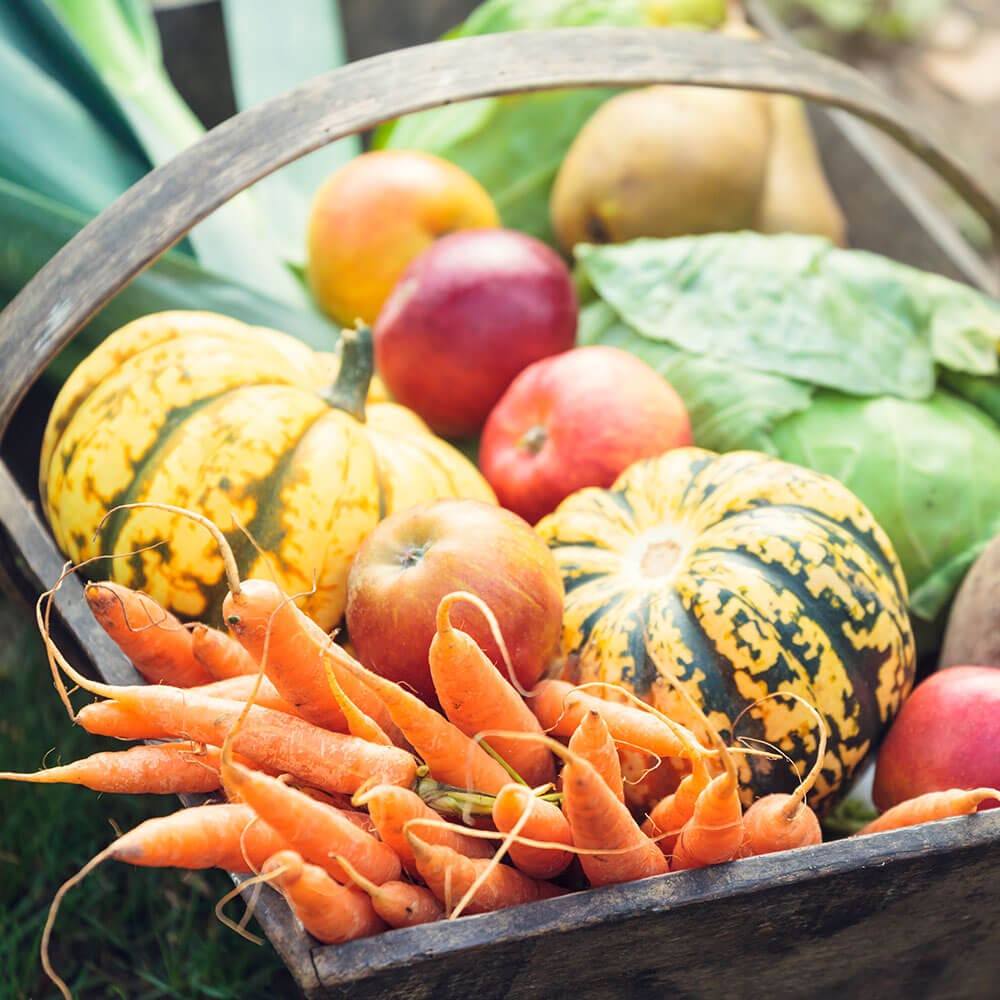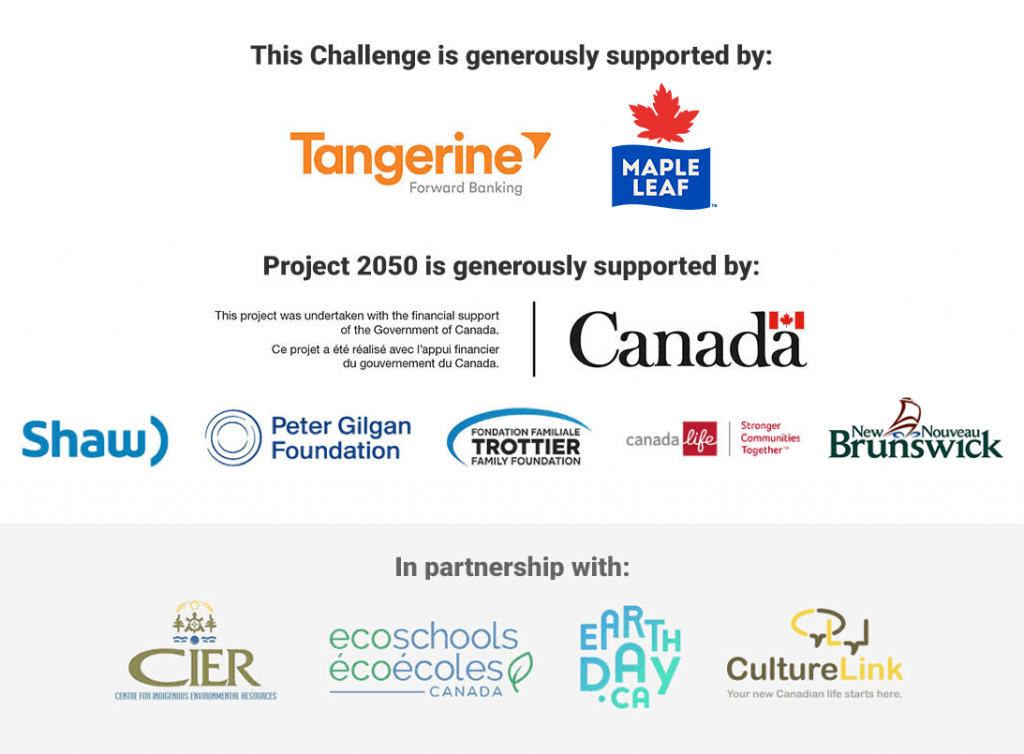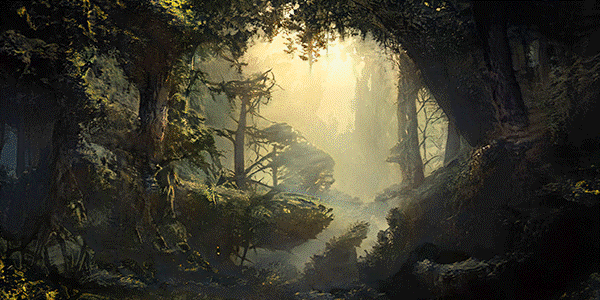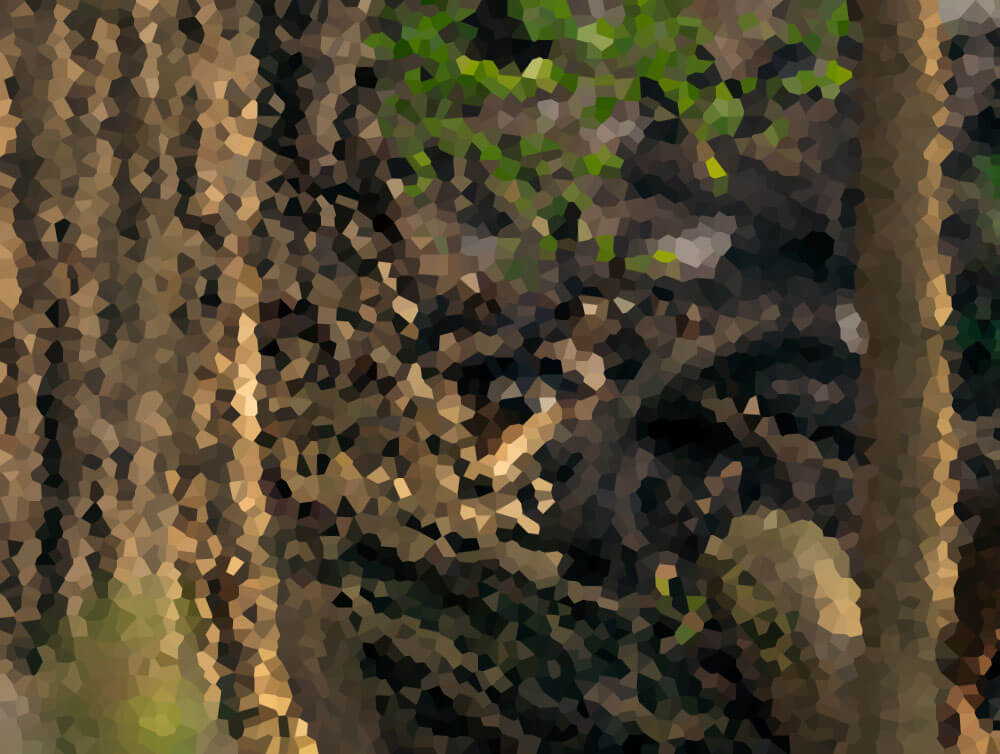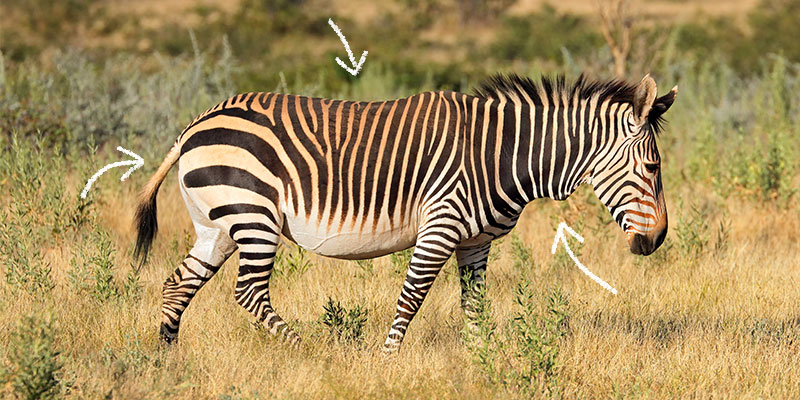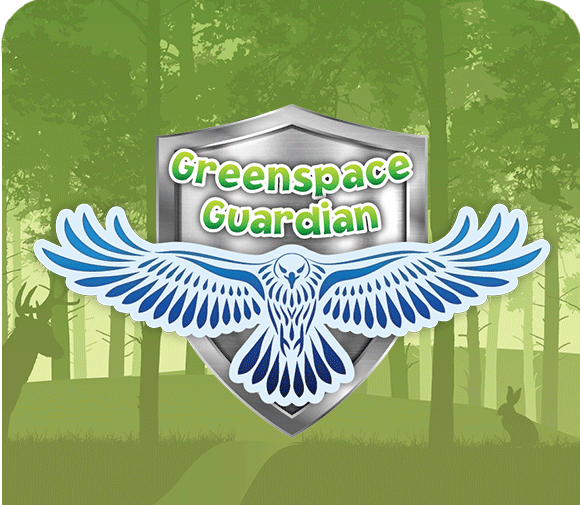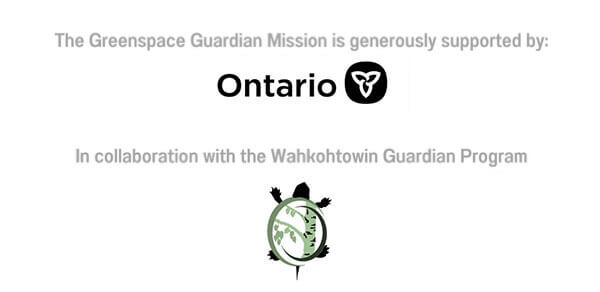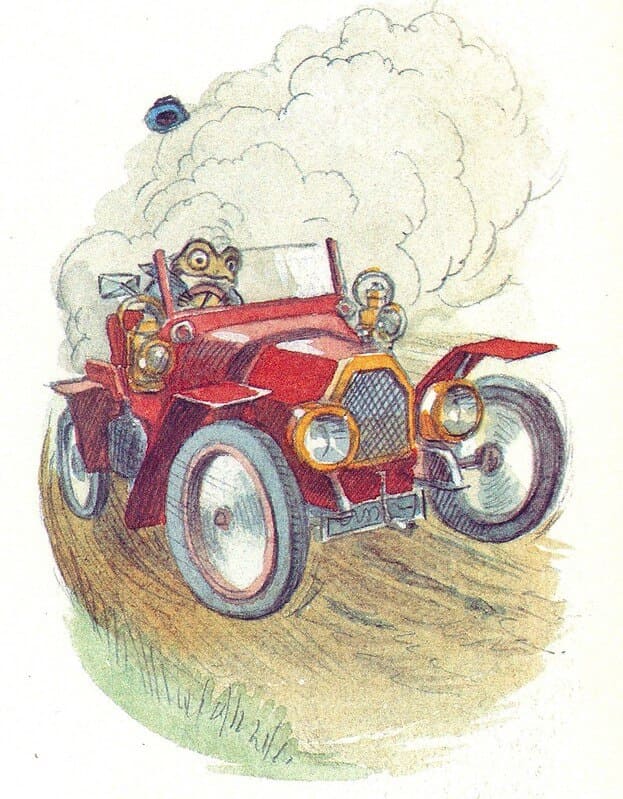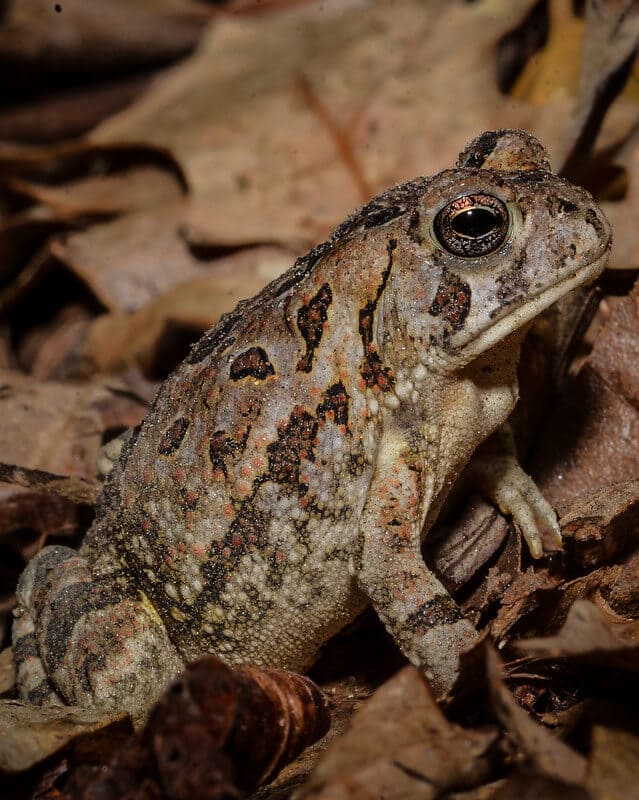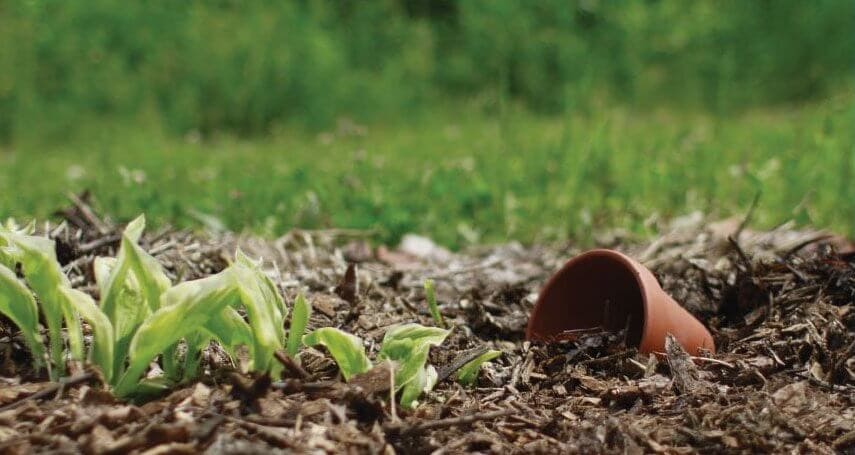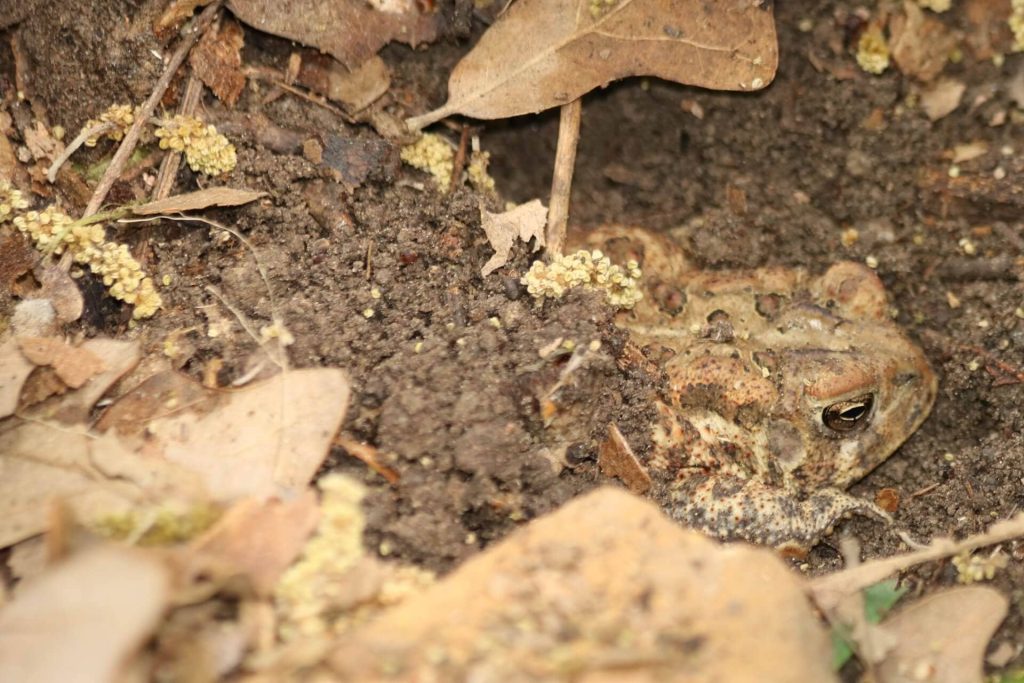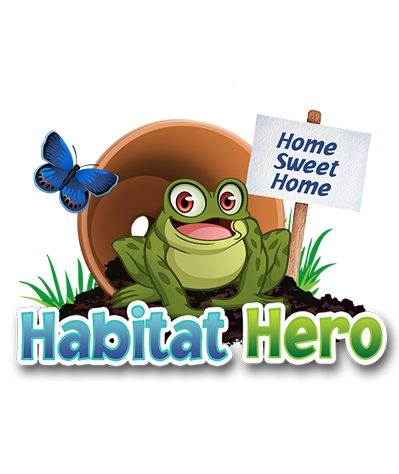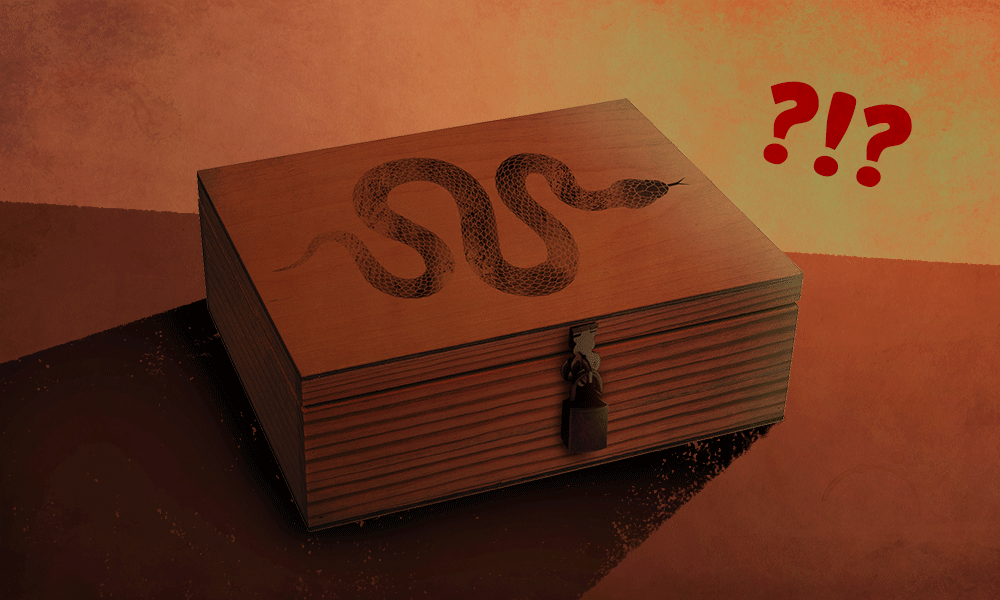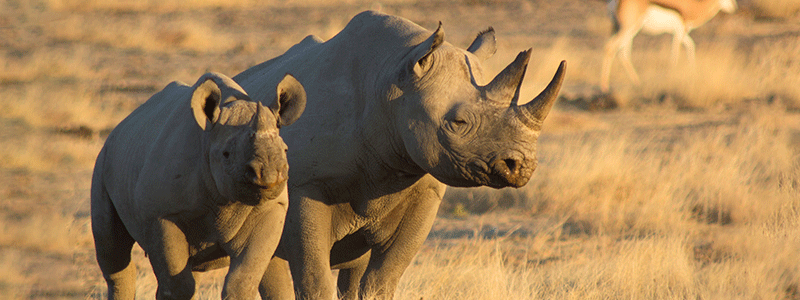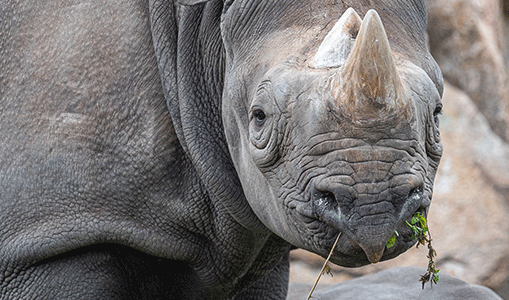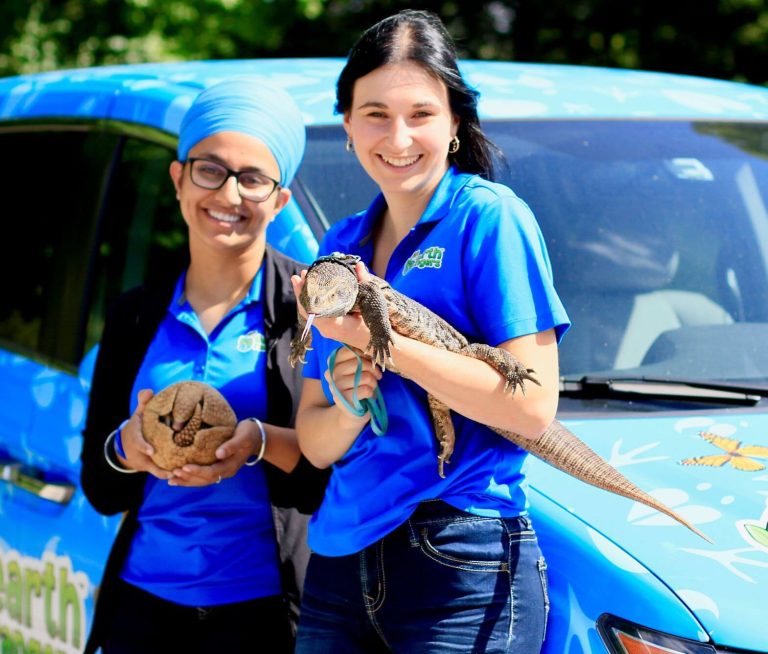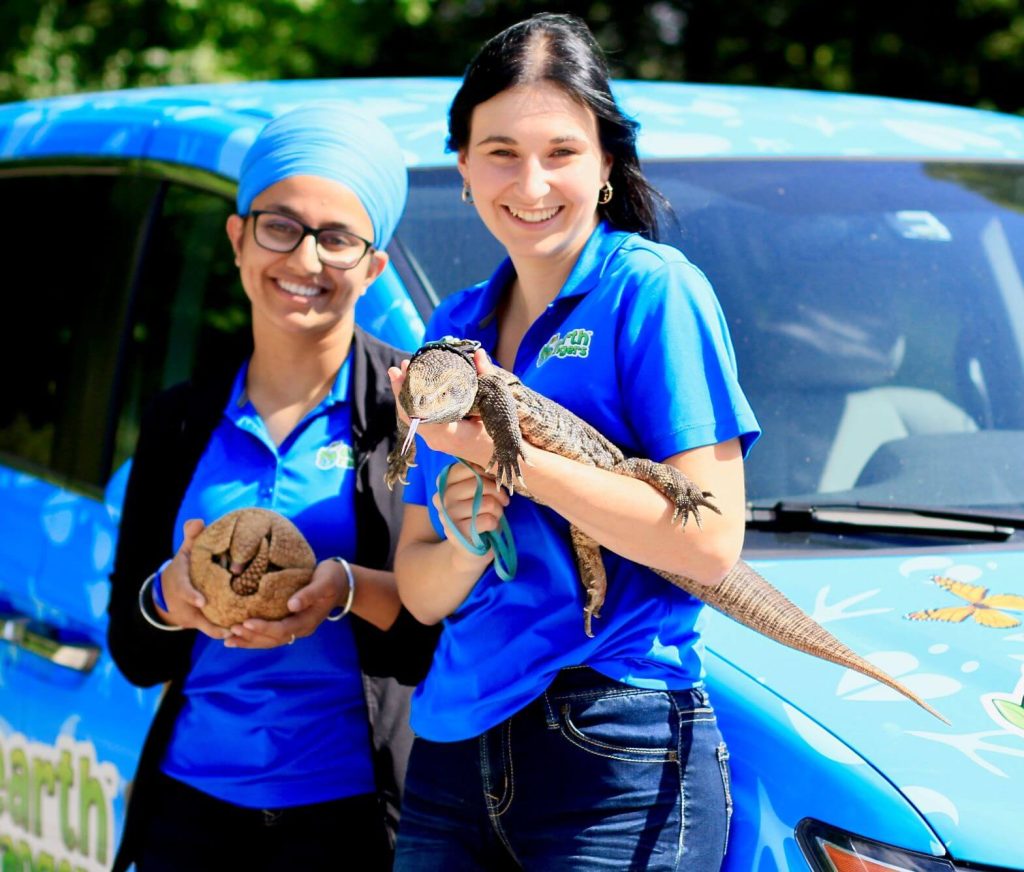Let’s play a game! We’re thinking of a word and we want you to guess what it is. Here is your clue:
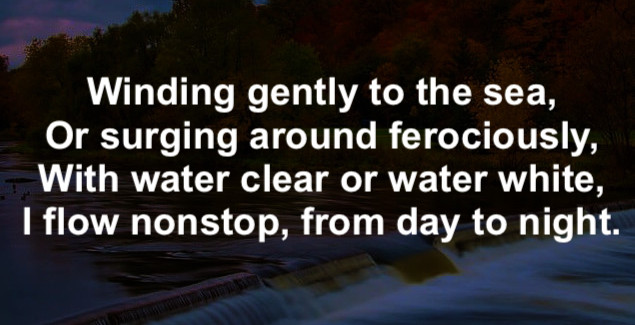
It’s a tough one, so here’s another clue! It’s where animals like beaver, turtles, frogs, otters, and fish live and play.
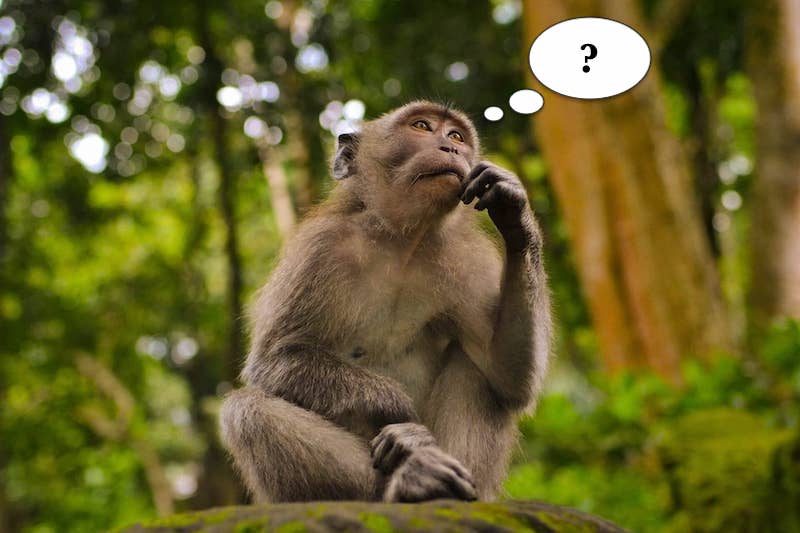
The answer is…drumroll please…a RIVER!
We love rivers. They are home to tons of animals and they cool things down in the summer. They also help us avoid drought and are important sources of water for farmers. What’s not to love, am I right?
When you think about it, rivers are pretty cool. They’re like big water highways. Say you dropped a stick in the Etobicoke Creek in Brampton. If it hit the right currents, that stick could travel all the way to Lake Ontario!
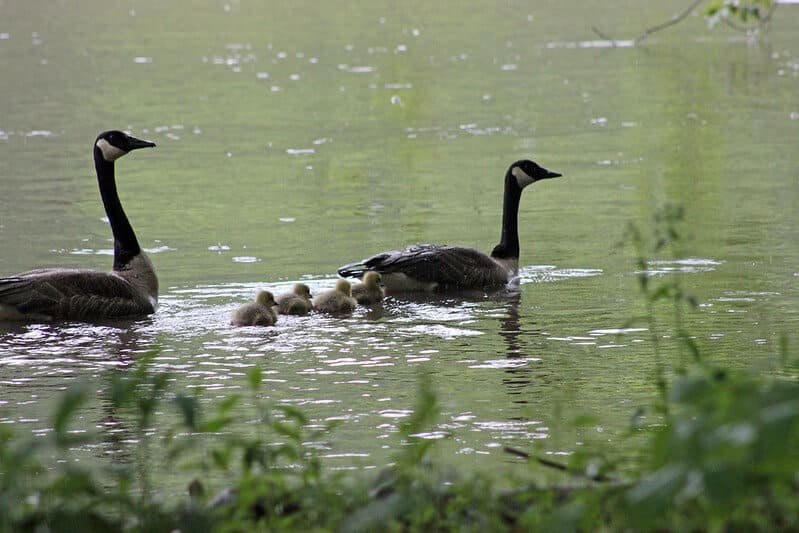
Here’s the problem: those waters that carry your stick, can carry litter too.
There are 21 big rivers that flow into Lake Ontario in the Greenbelt alone. Many of them flow through big cities. The garbage we leave out can easily get caught in the wind and blow into the river. That’s bad news for the animals that live along the river because litter and animals do not mix!
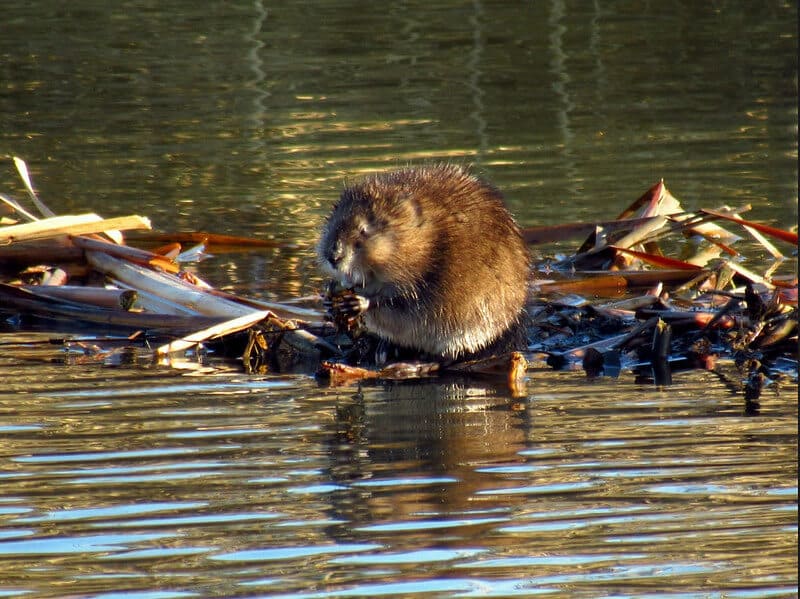
Here’s the good news: there are things you can do to protect these rivers!
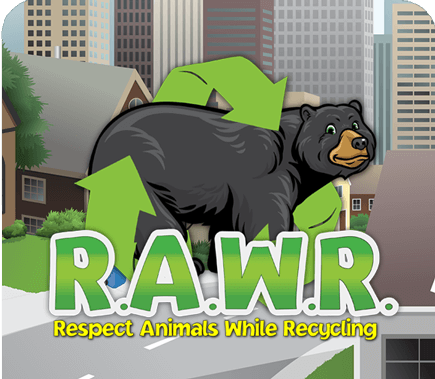
If you see a piece of litter, pick it up and throw it away properly (with your parent or guardian to help, of course). This is especially important if you’re near a river or creek.
Do your best to cut down on the amount of litter you make. Say no to single-use plastics and extra packaging wherever you can.
Make sure your garbage and recycling is safe for animals. You should clean out your containers so that they don’t attract hungry animals. You can also make sure any garbage sitting outside stays covered so the wind doesn’t pick it up. You can learn more tips like these by checking out the R.A.W.R. Mission!
Rivers are very important to our planet. It’s our job to make sure they’re protected! What are some other way we can protect them? Let us know in the comments!
